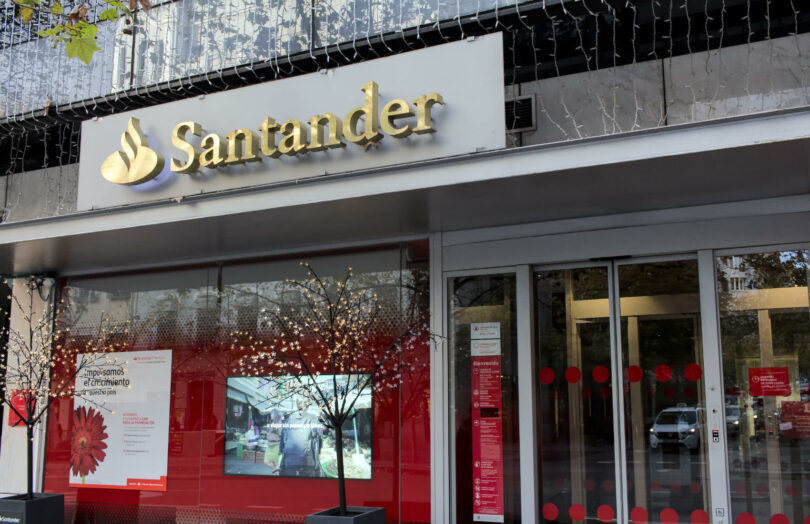Bloomberg reported that Banco Santander is mulling introducing euro and dollar stablecoins, or potentially making a third party coin available to clients, citing sources. This move aligns with broader crypto ambitions, as its digital bank, Openbank, has reportedly applied for a European cryptocurrency license under the Mica Regulations and may enable retail access to digital assets.
Systemically important banks embrace stablecoins?
Major banks are now moving from observers to participants in this expanding market. Should Santander confirm plans to launch a stablecoin, it will be the fourth global systemically important bank (G-SIB) to do so. Societe Generale’s FORGE subsidiary launched the EURCV euro coin in 2023. Deutsche Bank is a partner in ALLUnity, another stablecoin initiative with plans to launch this year, subject to regulatory approval. And Standard Chartered is part of a joint venture in Hong Kong that intends to introduce a stablecoin.
Santander’s involvement could extend beyond an individual initiative. The bank is a shareholder in The Clearing House, where the Wall Street Journal reported that US banks are exploring the potential to create a joint stablecoin. If a US initiative took that route it could involve nine more G-SIBs including Bank of America, Barclays, BMO, BNY Mellon, Citi, HSBC, JP Morgan, TD Bank and Wells Fargo.
Apart from these initiatives, our research shows that more than 20 other banks have been involved in stablecoin projects.
Until recently stablecoins were mainly used to settle cryptocurrency transactions and by residents in countries with volatile domestic currencies. During the last year stablecoin infrastructure has been expanding, especially for mainstream cross border payments. Plus, President Trump issued an executive order prioritizing stablecoins. One of the administration’s motivations is this increases demand for US Treasuries, lowering the interest rate the government pays on the Treasury bills.
Santander as an early digital assets mover
Santander’s stablecoin consideration builds on years of blockchain experience. The bank was an early Ripple investor and previously used Ripple’s permissioned network for payments (not XRP), while also embracing permissionless blockchain activities including issuing a digital bond on Ethereum in 2019. This dual approach led to collaborations with other major players – alongside Societe Generale FORGE and Goldman Sachs, Santander participated in the European Investment Bank’s first digital bond, also on Ethereum. Currently, the bank’s most significant digital money initiative involves Fnality, the wholesale blockchain-based settlement network, where Santander ranks among 20 institutional backers and is part of the early adopter group alongside Lloyds Bank and UBS.

🙏 Donations Accepted 🙏
If you find value in my content, consider showing your support via:
💳 PayPal:
1) Simply scan the QR code below 📲
2) https://www.paypal.me/thedinarian
🔗 Crypto – Support via Coinbase Wallet to: [email protected]
Or Buy me a coffee: https://buymeacoffee.com/thedinarian
Your generosity keeps this mission alive, for all! Namasté 🙏 The Dinarian




























